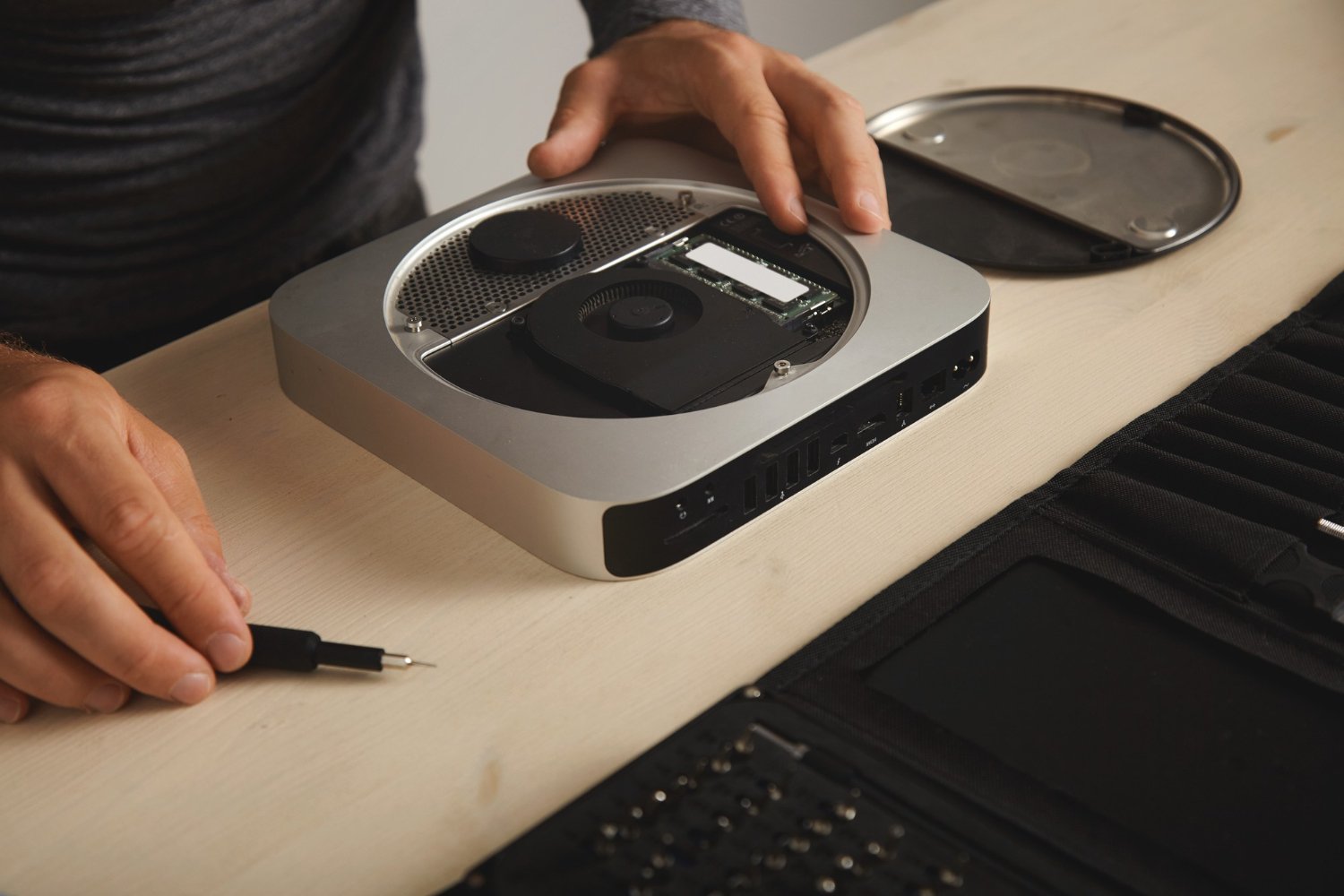Hard Disk
$0.00
Monitoring and managing disk usage regularly helps maintain your system’s performance and ensures you always have space for new files and applications.
Description
- Disk Usage Overview:
- Go to Settings > System > Storage to see an overview of your disk space usage.
- Windows will show a breakdown of space used by apps, documents, pictures, temporary files, and system files.
- Disk Cleanup:
- Use the Disk Cleanup tool to remove temporary files, system files, and other unnecessary data.
- Search for “Disk Cleanup” in the Start Menu, select the drive, and check the file types to delete.
- Analyze with Task Manager:
- Press Ctrl + Shift + Esc to open Task Manager.
- Go to the Performance tab, then click Disk to view real-time disk usage.
2. macOS
- Disk Usage Overview:
- Go to Apple Menu > About This Mac > Storage to see an overview of your disk space usage, with categories like apps, documents, and photos.
- Optimize Storage:
- macOS offers built-in options under Apple Menu > About This Mac > Storage > Manage to reduce storage use by moving files to iCloud, clearing trash automatically, and optimizing storage by removing unused files.
- Disk Utility:
- Use Disk Utility (found in Applications > Utilities) to manage disk partitions and check drive health.
3. Linux
- Check Disk Usage via Terminal:
- Use the command
df -hto display the available and used disk space for all mounted file systems. du -sh *will give a breakdown of space usage for each file and directory in the current path.
- Use the command
- Graphical Tools:
- Many Linux distributions come with tools like Disk Usage Analyzer (GNOME) or KDiskFree (KDE) for visualizing disk usage.
4. General Tips for Reducing Disk Usage
- Clear Temporary Files: Regularly clean up temp files, cache, and downloads.
- Delete Old Backups: Remove any outdated backup files that are no longer necessary.
- Uninstall Unused Programs: Remove any applications you don’t use frequently.
- Use Cloud Storage: For large files like photos and videos, consider using cloud storage solutions to free up local disk space.







Reviews
There are no reviews yet.